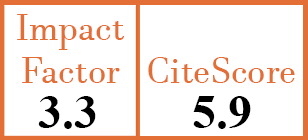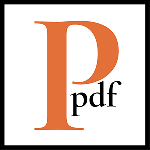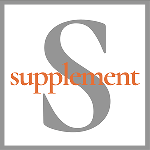Full Papers
Anifrolumab in systemic lupus erythematosus: real-world experience from a single academic tertiary care centre
P. Classen1, S. Boedecker-Lips2, V. Tomalla3, D. Kraus4, A. Kommer5, M. Stortz6, A. Weinmann7, M. Meineck8, S. Saurin9, M. Plath10, J. Riepl11, J. Weinmann-Menke12
- Department of Internal Medicine I, University Medical Center of the Johannes Gutenberg-University, Mainz, Germany.
- Department of Internal Medicine I, University Medical Center of the Johannes Gutenberg-University, Mainz, Germany.
- Department of Internal Medicine I, University Medical Center of the Johannes Gutenberg-University, Mainz, Germany.
- Department of Internal Medicine I, University Medical Center of the Johannes Gutenberg-University, Mainz, Germany.
- Department of Internal Medicine I, University Medical Center of the Johannes Gutenberg-University, Mainz, Germany.
- Department of Internal Medicine I, University Medical Center of the Johannes Gutenberg-University, Mainz, Germany.
- Department of Internal Medicine I, University Medical Center of the Johannes Gutenberg-University, Mainz, Germany.
- Department of Internal Medicine I, University Medical Center of the Johannes Gutenberg-University, Mainz, Germany.
- Department of Internal Medicine I, University Medical Center of the Johannes Gutenberg-University, Mainz, Germany.
- Department of Internal Medicine I, University Medical Center of the Johannes Gutenberg-University, Mainz, Germany.
- Department of Internal Medicine I, University Medical Center of the Johannes Gutenberg-University, Mainz, Germany.
- Department of Internal Medicine I, University Medical Center of the Johannes Gutenberg-University, Mainz, Germany. julia.weinmann-menke@unimedizin-mainz.de
CER18720
Full Papers
PMID: 41004309 [PubMed]
Received: 15/03/2025
Accepted : 02/07/2025
In Press: 18/09/2025
Abstract
OBJECTIVES:
To evaluate the effectiveness and safety of anifrolumab, a human monoclonal antibody to type I interferon receptor subunit 1, on systemic lupus erythematosus (SLE) at a German academic tertiary care centre in a real-life setting.
METHODS:
We evaluated disease activity, clinical course and adverse events in a single-centre prospective observational cohort study of 26 SLE patients at baseline, 3, 6, 9, 12, 18 and 24 months of anifrolumab treatment. The decision to initiate therapy was made according to current guidelines (EULAR 2024).
RESULTS:
There was a significant reduction in the disease activity indices SLE-Disease Activity Index 2000 (SLEDAI-2k) (6.0±3.9 vs. 2.8±2.6, p≤0.001) and European Consensus Lupus Activity Measurement Index (ECLAM) (1.92 ±1.16 vs. 0.94±0.99, p=0.001) after just three months of treatment. After 12 months, definition of remission in SLE (DORIS) was achieved in 53% of patients and lupus low disease activity state (LLDAS) in 89% of patients. Mucocutaneous manifestations responded quickly and there were significant improvements in fatigue and arthritis/arthralgia. A favourable response was also seen in patients who had received previous therapies or after long duration of the disease. This was accompanied by a reduction in the glucocorticoid dose. Overall, the drug was safe and well tolerated.
CONCLUSIONS:
In our real-world experience, anifrolumab achieved sustained remission after just 3 months of treatment and a significant reduction in disease activity in most patients. These data suggest that SLE patients with active disease benefit from anifrolumab therapy regardless of prior therapies or disease duration.



